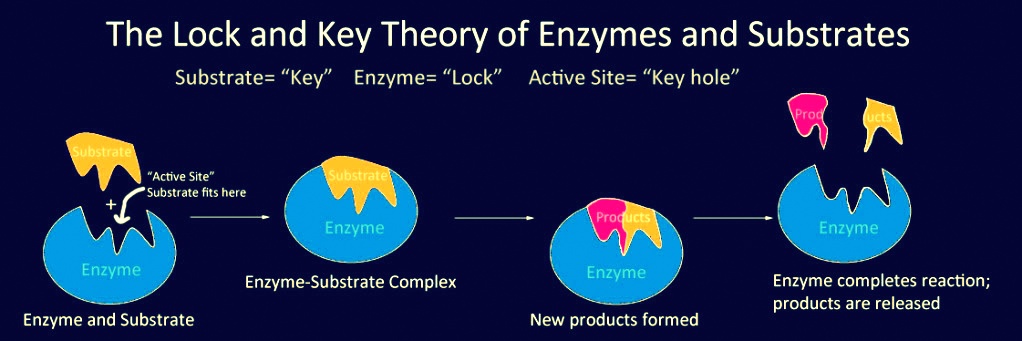Biotechnology Assignment Help With Catalytic Power And Specificity of Enzymes
Enzymes being extraordinary catalysts bring about 5 to 17 times order of magnitude of the rate of reaction. Much of catalytic power of enzymes is ultimately derived from the free energy released in forming many weak bonds and interactions between an enzyme and their substrates. This binding energy give specificity as well as catalysis. The same binding energy for catalysis also gives an enzyme its specificity, the ability to distinguish between a substrate and a competing molecule. Emil Fisher proposed in 1984, that enzymes were structurally complementary to their substrates, thats why they fit together like a lock and key and so that relationship between them called lock and key relationship. Daniel Koshland, in 1958 proposed that the enzyme itself usually undergoes a change in conformation when the substrate binds with associated by multiple weak interactions with the substrate. This is referred to as the induced fit mechanism.


Email Based Homework Help in Catalytic Power And Specificity of Enzymes
To submit Enzymology And Enzyme Technology assignment click here.


